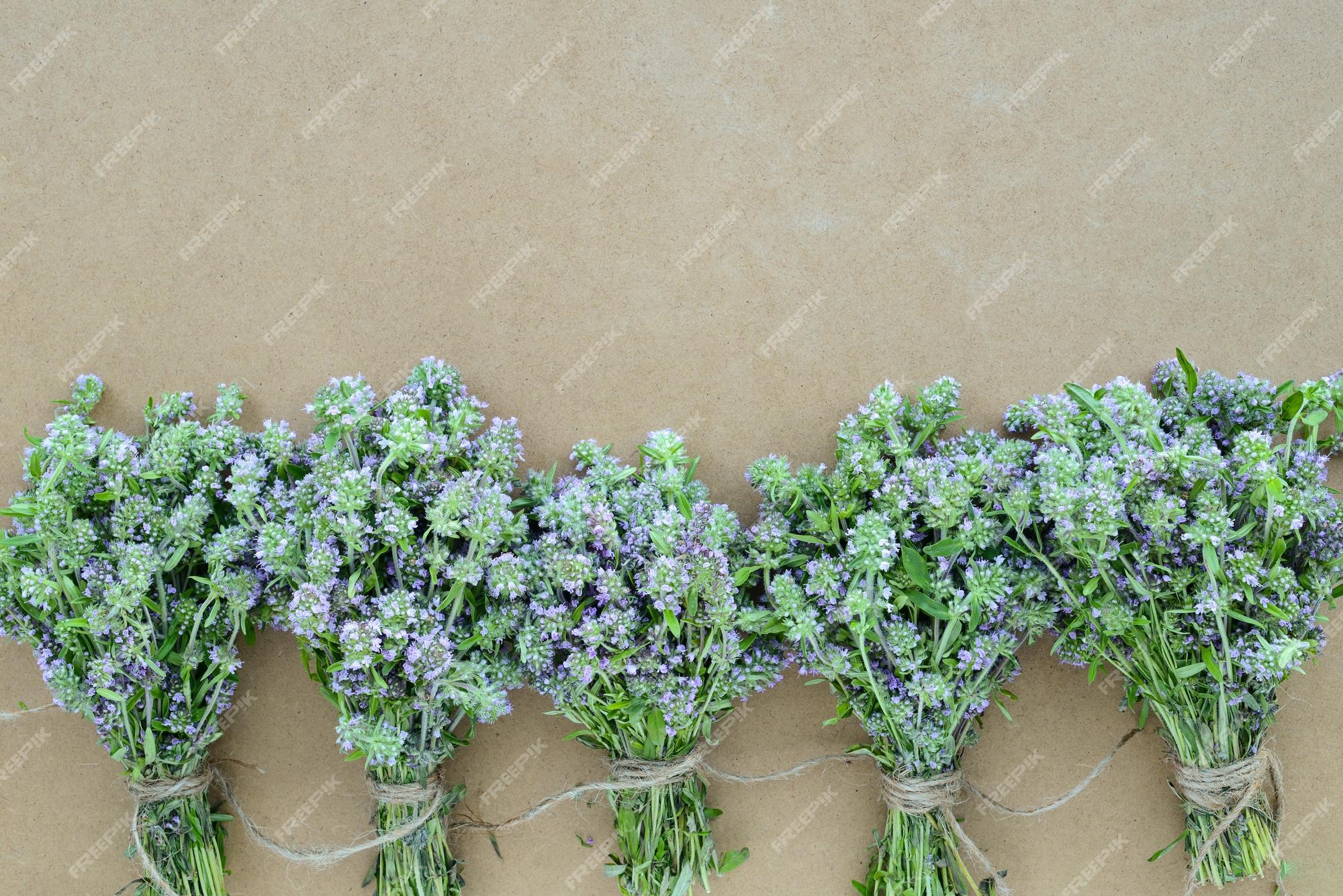Rosemary & Thyme: Growing, Harvesting, And Using These Herbs

Table of Contents
Growing Rosemary and Thyme
Growing these hardy herbs is surprisingly straightforward, but understanding their needs is key to success. Both rosemary and thyme thrive with proper care, rewarding you with fragrant leaves for years to come.
Choosing the Right Location and Soil
The foundation of healthy rosemary and thyme plants lies in selecting the perfect spot and soil. Both herbs crave sunshine:
- Sunlight: Aim for at least six hours of direct sunlight daily. A south-facing location (in the Northern Hemisphere) is ideal.
- Well-Drained Soil: Excellent drainage is crucial. Soggy soil leads to root rot, a common problem for both herbs. Amend heavy clay soils with compost or other organic matter to improve drainage and aeration.
- Soil pH: Rosemary prefers slightly alkaline soil (pH 7.0-7.5), while thyme thrives in slightly acidic to neutral soil (pH 6.0-7.0). A soil test can help determine your soil's pH.
- Container Gardening: Consider growing rosemary, especially, in containers. This offers greater control over soil drainage and makes it easier to move the plant to a sunnier spot or to protect it during winter.
Planting Rosemary and Thyme
Planting your rosemary and thyme is the next step towards enjoying their aromatic bounty. You can choose from several methods:
- Starting from Seeds: This is the most economical option, but germination can be slow and inconsistent. Sow seeds indoors 6-8 weeks before the last frost.
- Cuttings: Taking cuttings from established plants is a reliable and faster method. Dip the cuttings in rooting hormone before planting in moist potting mix.
- Buying Established Plants: This is the easiest method, offering instant gratification. Choose healthy plants with vibrant foliage.
Spacing: Allow ample space for both herbs to grow:
- Rosemary: Space plants 2-3 feet apart.
- Thyme: Space plants 12-18 inches apart.
Planting Depth: Plant seedlings or cuttings at the same depth they were growing previously.
Ongoing Care and Maintenance
With proper care, your rosemary and thyme plants will flourish. Here's how:
- Watering: Water regularly, especially during dry periods, but avoid overwatering. Allow the soil to dry slightly between waterings. Overwatering is a common cause of root rot.
- Fertilizing: Light fertilization is sufficient. Avoid over-fertilizing, as this can lead to leggy growth and reduced flavor. Use a balanced, slow-release fertilizer in spring.
- Pruning: Regular pruning promotes bushier growth and prevents the plants from becoming woody. Pinch back new growth regularly for rosemary. For thyme, shear the plants after flowering to maintain a compact shape.
- Pest and Disease Control: Rosemary and thyme are relatively pest-resistant. However, they can be susceptible to aphids and spider mites. Address infestations with insecticidal soap or neem oil.
- Winter Protection: In colder climates, provide winter protection for both herbs, especially young plants. Mulch around the base of the plants or cover them with frost cloth.
Harvesting Rosemary and Thyme
Harvesting your herbs at the right time maximizes their flavor and aroma.
Knowing When to Harvest
Harvesting time depends on your needs and the growth stage of the plants:
- Optimal Time: Harvest rosemary and thyme regularly throughout the growing season, as new growth emerges. This encourages bushier growth and prevents the plants from becoming woody.
- Signs of Readiness: Look for vibrant green leaves with a strong, pleasant aroma.
Harvesting Techniques
Several techniques are available for harvesting your rosemary and thyme:
- Snipping Stems: Snip stems, leaving about 1/3 of the stem length. This is ideal for continuous harvesting.
- Stripping Leaves: Gently strip leaves from stems as needed. This is suitable for small quantities.
- Complete Harvesting: Harvest entire stems before flowering for drying. This method works well for large-scale harvesting or preserving.
Tools: Use sharp scissors or pruning shears for clean cuts to prevent damaging the plants.
Preserving Rosemary and Thyme
Proper preservation ensures that you can enjoy the flavors of your rosemary and thyme year-round:
- Drying:
- Air Drying: Hang bunches of herbs upside down in a cool, dark, well-ventilated area.
- Oven Drying: Spread herbs thinly on a baking sheet and dry in a low oven (170°F/77°C) with the door slightly ajar.
- Dehydrator: Use a food dehydrator according to the manufacturer's instructions.
- Freezing: Chop herbs finely and freeze in ice cube trays with water or olive oil.
- Infusing: Infuse herbs in olive oil or vinegar for flavorful additions to your cooking.
Using Rosemary and Thyme in Your Cooking and Beyond
The culinary uses of rosemary and thyme are extensive, extending beyond the kitchen.
Culinary Applications
- Rosemary: Pairs wonderfully with lamb, chicken, potatoes, and bread. Try rosemary-roasted lamb or add fresh sprigs to crusty bread.
- Thyme: Enhances soups, stews, roasted vegetables, and eggs. Add a pinch of thyme to your favorite tomato soup or use it to season roasted root vegetables.
- Blending: The combination of rosemary and thyme is delightful in many dishes, creating a complex and savory flavor profile.
Other Uses
Beyond cooking, rosemary and thyme offer additional benefits:
- Medicinal Properties: Both herbs have been used traditionally for their medicinal properties. Always consult with a healthcare professional before using herbs for medicinal purposes.
- Aromatherapy: Rosemary and thyme essential oils are used in aromatherapy for their stimulating and calming effects.
- Insect Repellent: Rosemary and thyme have natural insect-repelling properties. Use dried herbs in sachets to deter insects.
Conclusion
Growing rosemary and thyme successfully is rewarding, providing a constant supply of these versatile herbs for your culinary creations and more. By following these guidelines on planting, harvesting, and utilizing rosemary and thyme, you can enjoy the fragrant bounty these wonderful herbs offer. Start your own rosemary and thyme garden today and experience the joy of fresh, homegrown herbs! Learn more about cultivating your own rosemary and thyme by exploring further resources online or contacting your local gardening experts.

Featured Posts
-
 Nyt Mini Crossword Solutions March 31 2025
May 31, 2025
Nyt Mini Crossword Solutions March 31 2025
May 31, 2025 -
 Solve The Nyt Mini Crossword Thursday April 10th Clues And Answers
May 31, 2025
Solve The Nyt Mini Crossword Thursday April 10th Clues And Answers
May 31, 2025 -
 The Reality Of Ai Learning Navigating The Ethical Challenges Of Artificial Intelligence
May 31, 2025
The Reality Of Ai Learning Navigating The Ethical Challenges Of Artificial Intelligence
May 31, 2025 -
 Controversial Drug Test Munguias Win Challenged Following Positive Result
May 31, 2025
Controversial Drug Test Munguias Win Challenged Following Positive Result
May 31, 2025 -
 Follow The Mens Giro D Italia Live
May 31, 2025
Follow The Mens Giro D Italia Live
May 31, 2025
